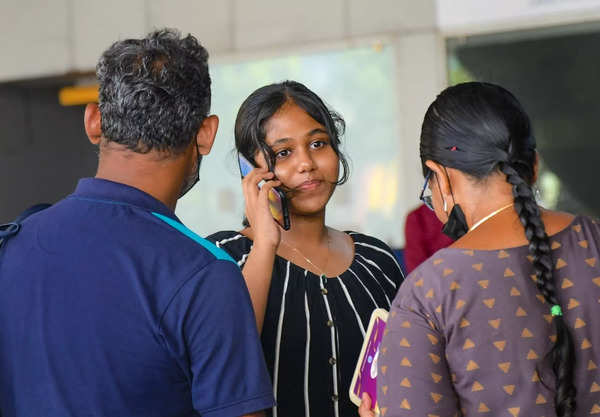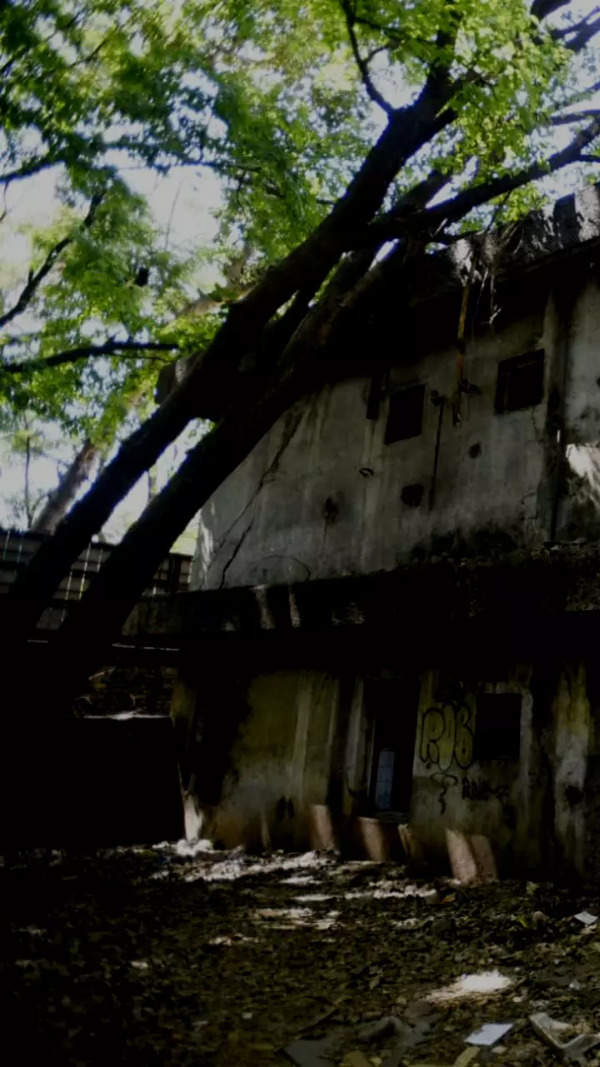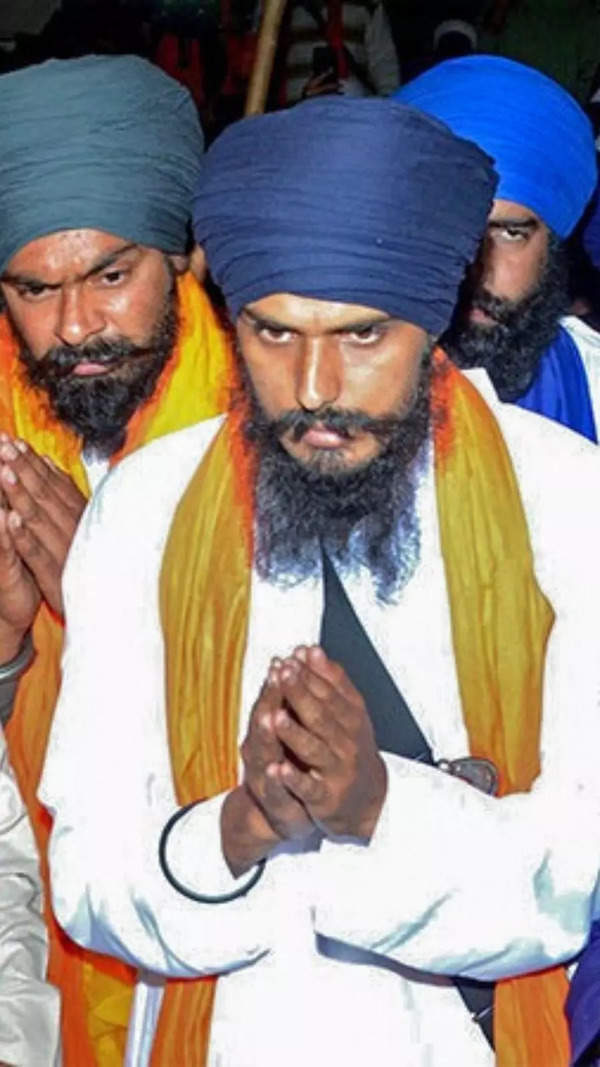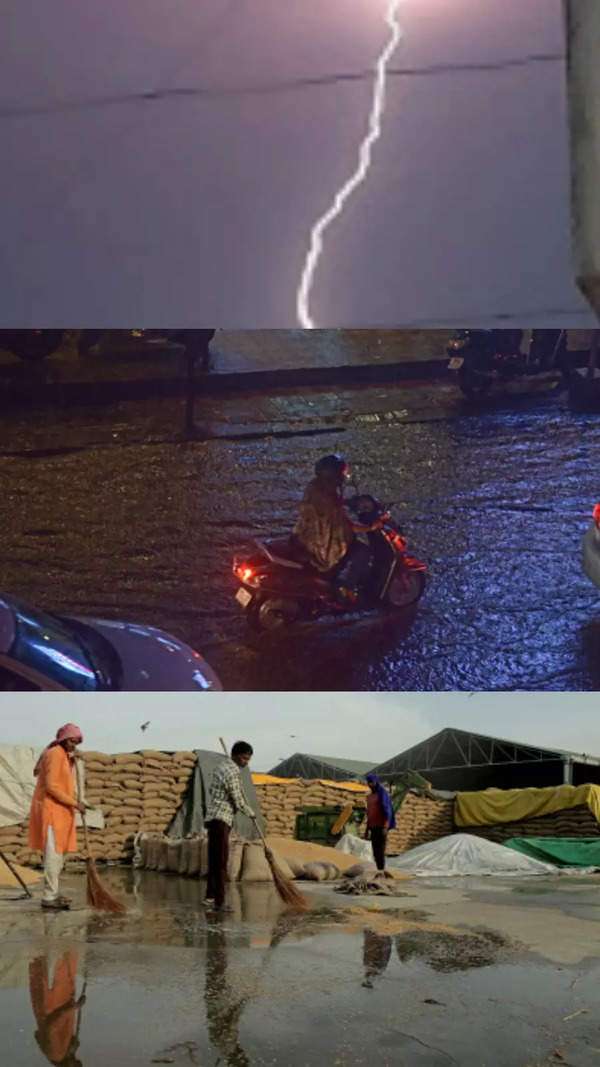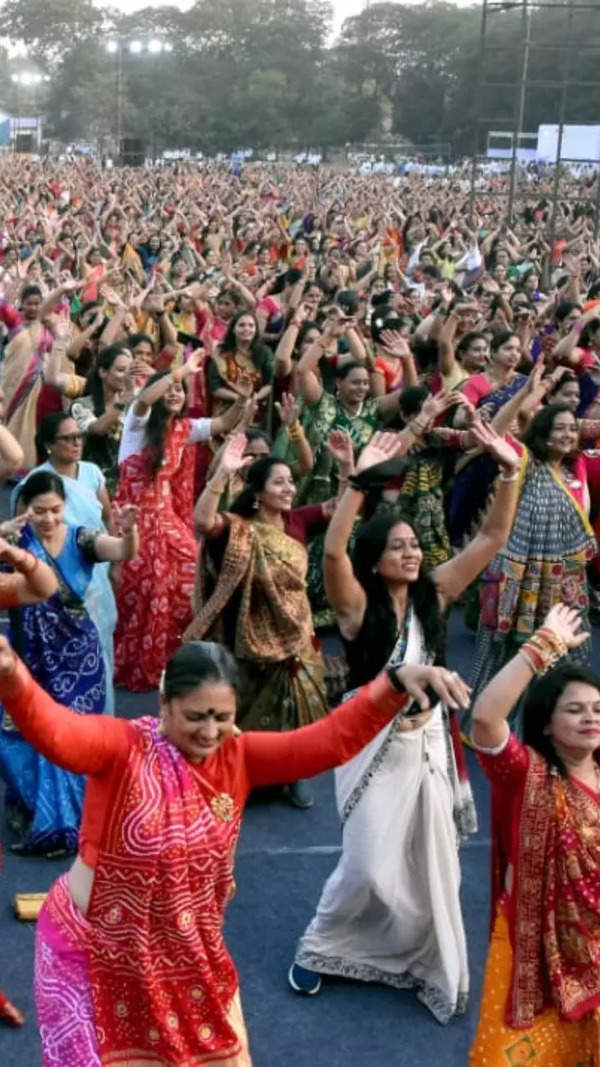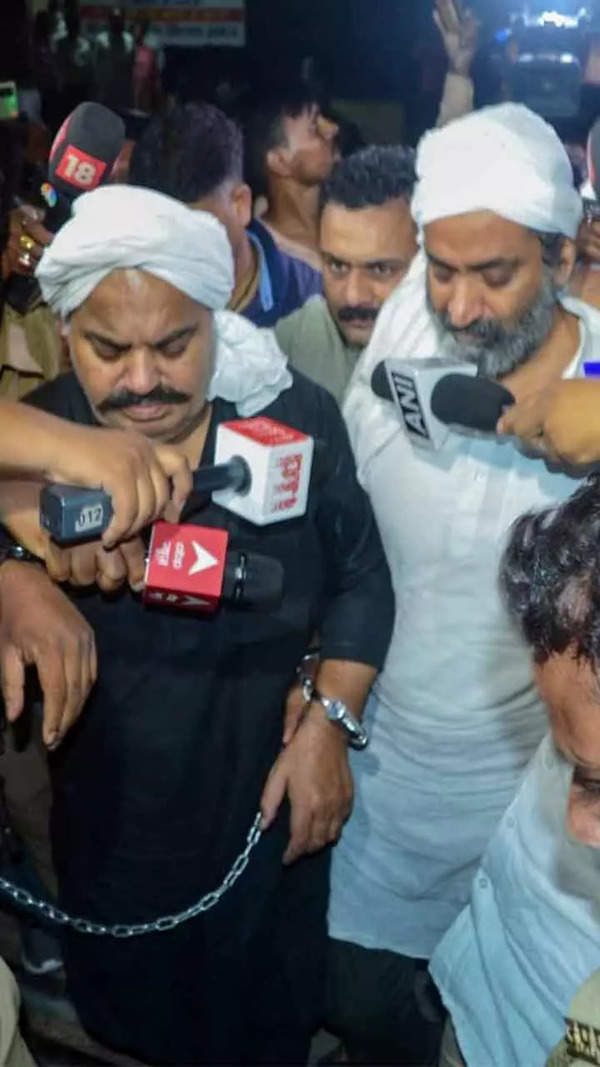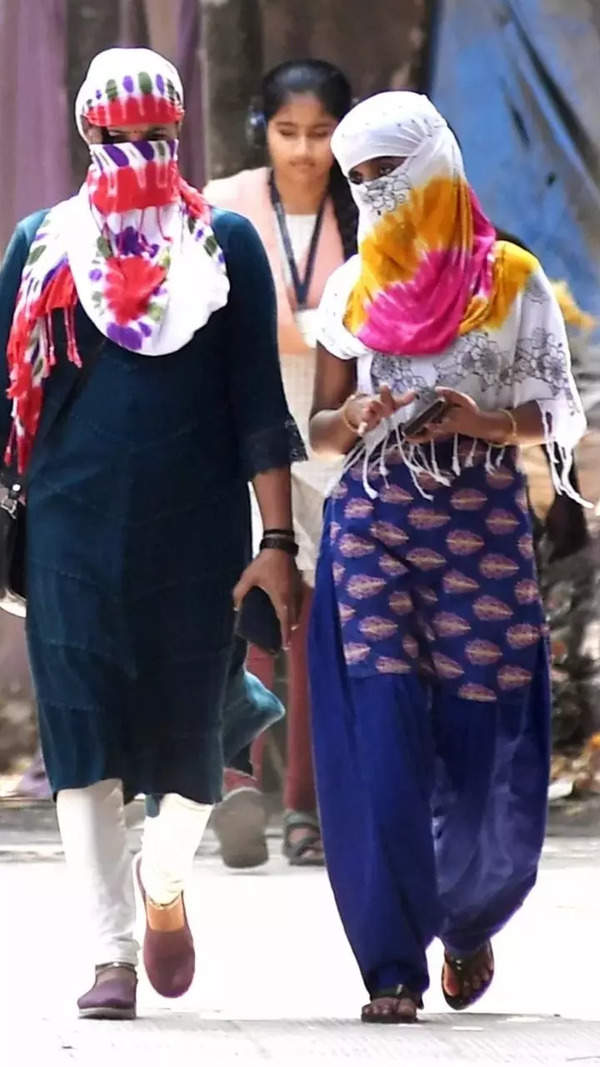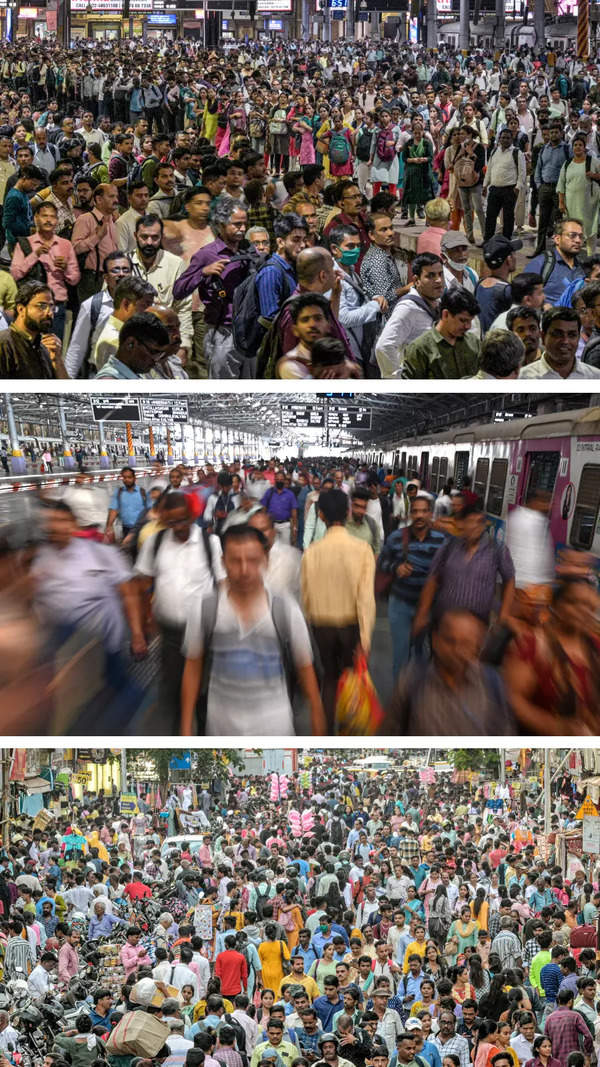Trending Topics
Zero Shadow Day in Goa at 12.32pm, May 2

Panaji: It happens only twice a year.
The Sun is almost never exactly overhead at noon, but usually transits a bit lower in altitude; either a bit to the north or a bit to the south.
On these two days, the Sun will be exactly over-head at noon and will not cast a shadow of any object on the ground. Called the Zero Shadow Day, the phenomenon will clearly be different for different places on Earth. In India it is usually observed between April and September.
In Goa, May 2 marks Zero Shadow Day and it is being observed at the Goa Science Centre and planetarium in Panaji. On this day there will be almost no visible shadow seen at 12.32pm sharp in Panaji.
“Usually the sun transits by small margins towards the north or south around noon. But on Zero Shadow Day, it will be exactly overhead,” said Vilas Chaudhari, the project coordinator at the science centre.
Students and the public have been invited to witness this event at the centre between 12.15am and 12.40pm on May 2. This phenomenon, which occurs twice a year will again be observed on August 11 at 12.40pm.
“For people living between the Tropic of Cancer and the Tropic of Capricorn, the Sun’s declination will be equal to their latitude twice – once during Uttarayan and once during Dakshinayan, which also explains why places like Delhi, Allahabad and Srinagar (located away from the Tropic of Cancer) have no zero shadow day,” said Chaudhari.
The Sun is almost never exactly overhead at noon, but usually transits a bit lower in altitude; either a bit to the north or a bit to the south.
On these two days, the Sun will be exactly over-head at noon and will not cast a shadow of any object on the ground. Called the Zero Shadow Day, the phenomenon will clearly be different for different places on Earth. In India it is usually observed between April and September.
In Goa, May 2 marks Zero Shadow Day and it is being observed at the Goa Science Centre and planetarium in Panaji. On this day there will be almost no visible shadow seen at 12.32pm sharp in Panaji.
“Usually the sun transits by small margins towards the north or south around noon. But on Zero Shadow Day, it will be exactly overhead,” said Vilas Chaudhari, the project coordinator at the science centre.
Students and the public have been invited to witness this event at the centre between 12.15am and 12.40pm on May 2. This phenomenon, which occurs twice a year will again be observed on August 11 at 12.40pm.
“For people living between the Tropic of Cancer and the Tropic of Capricorn, the Sun’s declination will be equal to their latitude twice – once during Uttarayan and once during Dakshinayan, which also explains why places like Delhi, Allahabad and Srinagar (located away from the Tropic of Cancer) have no zero shadow day,” said Chaudhari.
Start a Conversation
FOLLOW US ON SOCIAL MEDIA
FacebookTwitterInstagramKOO APPYOUTUBE

